Across the United States, cities are facing pressures that could make daily life more difficult, or in some cases, nearly impossible in the next 15 years. Climate challenges, economic instability, aging infrastructure, and environmental degradation are colliding in dangerous ways. While many areas are adapting, experts warn that some cities may reach a tipping point by 2040 where living there becomes unsafe, unsustainable, or simply unaffordable for most residents. Below are 11 cities that could face serious livability problems by 2040 if major changes are not made.
Miami, Florida

Miami is known for its beaches, vibrant culture, and real estate development, but rising sea levels are a growing threat. The city is already experiencing frequent flooding during high tides, known as sunny-day floods. Saltwater intrusion is also affecting freshwater resources. Infrastructure designed decades ago struggles to cope with increased water levels, and storm surges are expected to worsen. By 2040, some low-lying areas may face chronic flooding that displaces residents and disrupts transportation. Even modest hurricanes could become catastrophic due to the elevated baseline of water along the coast.
Phoenix, Arizona

Phoenix is no stranger to extreme heat, but the intensity and duration of high temperatures are getting worse. Summer days above 110 degrees are becoming more frequent, placing a strain on power grids and public health. Water scarcity is another concern. The Colorado River, which supplies much of the region’s water, is drying up due to overuse and drought. If solutions are not implemented soon, Phoenix could face rolling blackouts, water rationing, and heat-related health emergencies that challenge basic livability.
New Orleans, Louisiana
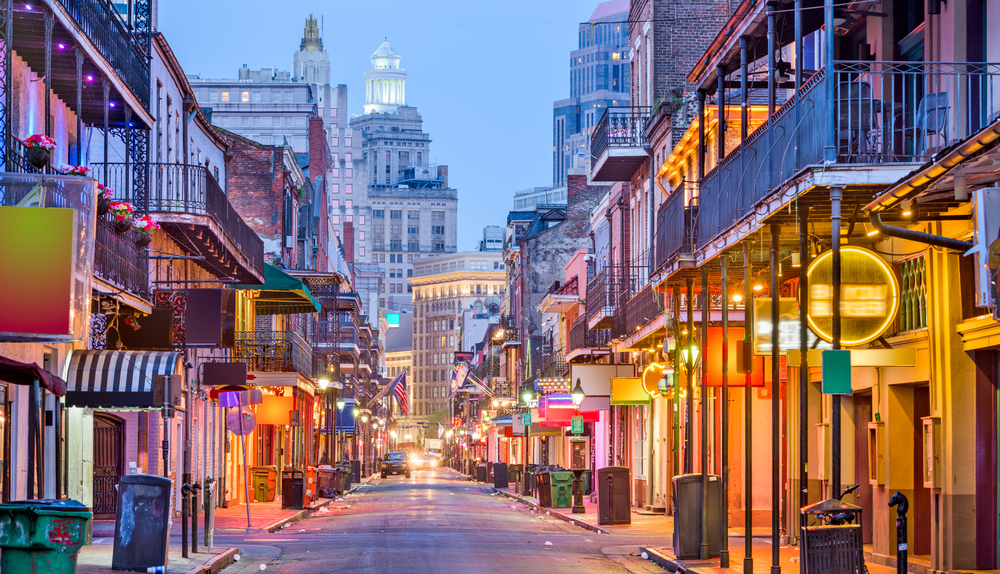
New Orleans has faced disaster before, but the combination of rising sea levels, land subsidence, and aging levee systems is creating a dangerous situation. Parts of the city are sinking while the Gulf of Mexico creeps closer inland. While massive engineering projects have helped reduce risk since Hurricane Katrina, experts say these solutions are not permanent fixes. By 2040, large portions of New Orleans may be too flood-prone to safely inhabit without constant and costly mitigation efforts.
Las Vegas, Nevada
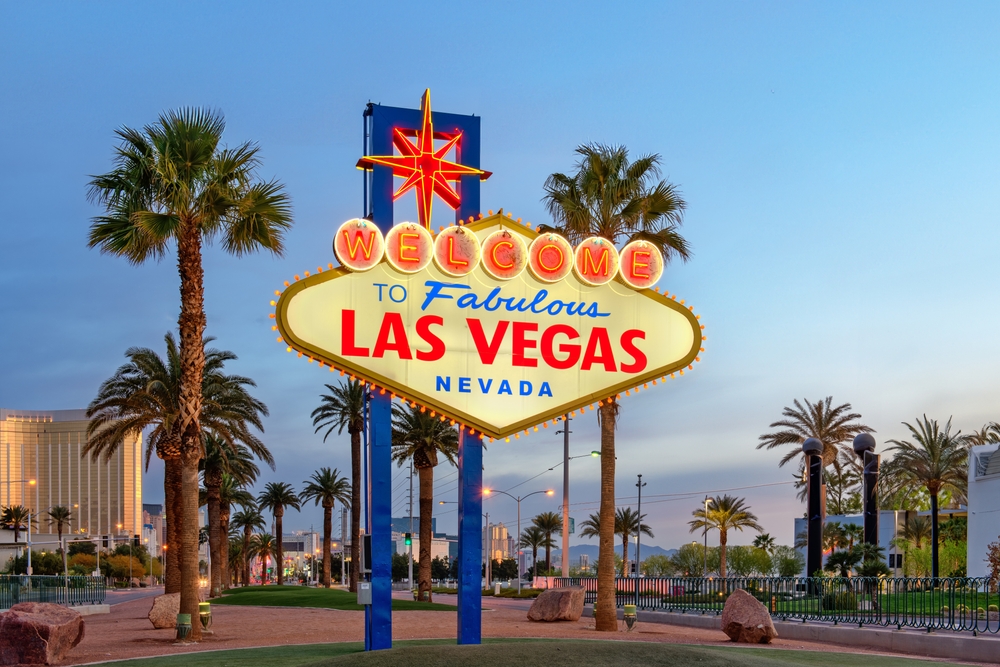
Las Vegas relies on Lake Mead for its water, but the reservoir has reached historically low levels in recent years. With tourism and population growth continuing, the city’s demand may soon outstrip supply. The desert location means that any disruption to water or electricity could have serious consequences. High temperatures, combined with increasing costs for basic utilities, could make Las Vegas a difficult place for many to live comfortably or affordably in the future.
San Francisco, California
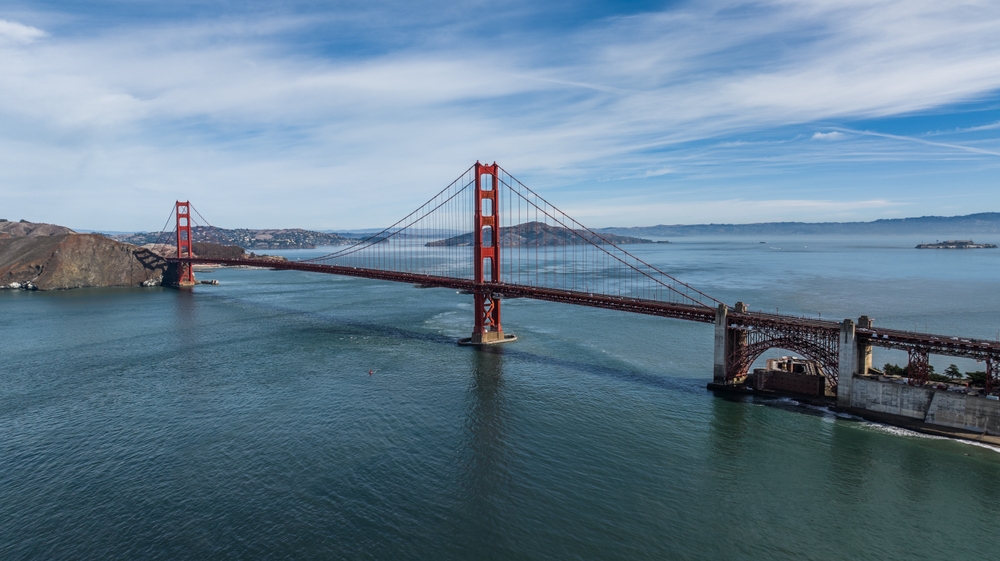
San Francisco faces a different kind of threat. While climate-related issues like sea-level rise and wildfire smoke affect the region, affordability is becoming the dominant problem. Housing costs have already pushed middle-class residents out of the city. If the current trends continue, only the extremely wealthy will be able to remain. At the same time, the city faces infrastructure concerns, earthquake risk, and deteriorating public services. A combination of financial strain and physical risk could make San Francisco a very difficult place to maintain as a functional urban environment.
Houston, Texas
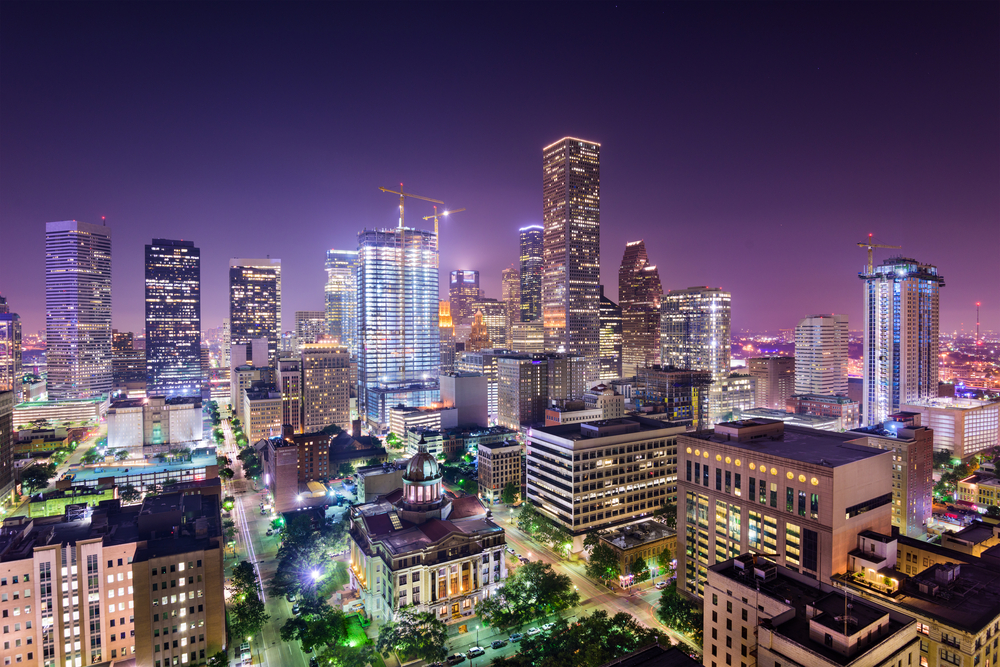
Houston is one of the most flood-prone cities in the U.S. Heavy rains and tropical storms have overwhelmed drainage systems, leading to property damage and displacements. The city’s flat topography and rapid development without sufficient planning have made the problem worse. Additionally, air quality and industrial pollution contribute to public health risks. Without major changes in urban planning and disaster response, Houston could face repeated crises that make long-term residency unstable for many.
Read More: Millions of Americans Can’t Afford Living Expenses, Report Warns
New York City, New York
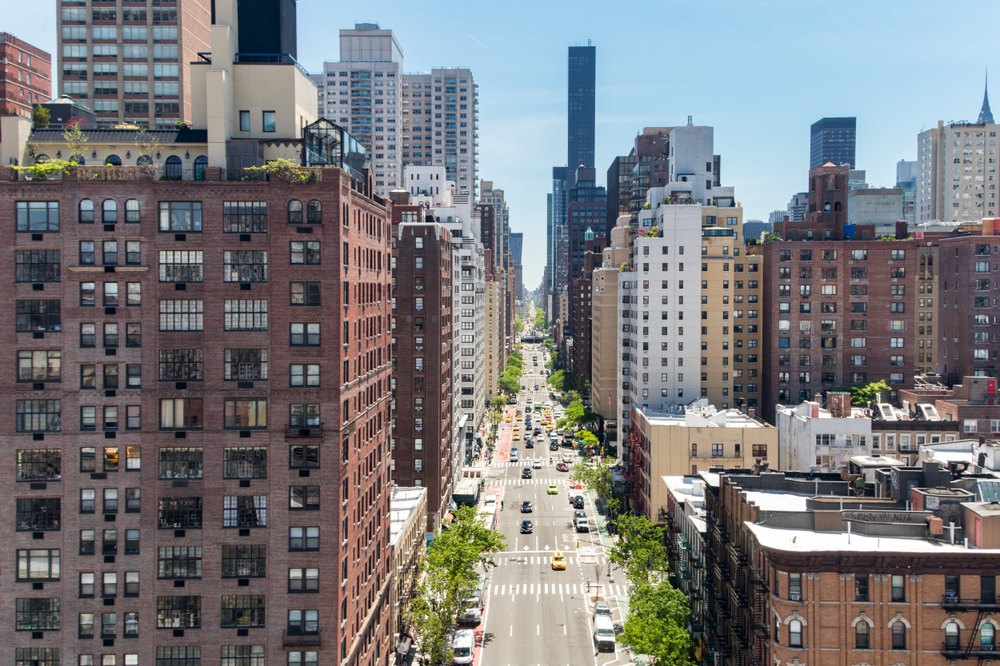
New York City is often viewed as resilient, but its size and complexity also make it vulnerable. Rising sea levels threaten subways, roads, and coastal neighborhoods. Power demands are growing while the infrastructure ages. The financial cost of maintaining the city is climbing fast. Even moderate climate-related events like heat waves or storms can overwhelm emergency services. If current trends continue, large sections of the city could become difficult to manage and protect by 2040, particularly for lower-income residents.
Sacramento, California
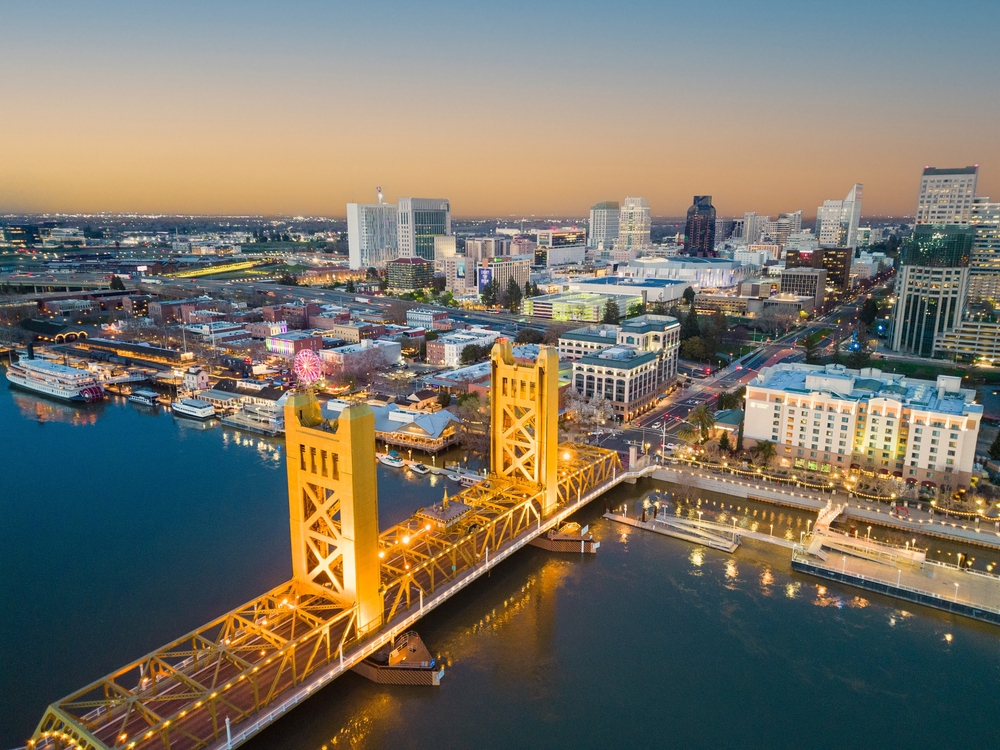
Sacramento lies inland, but that does not mean it is safe. The city sits at the confluence of two rivers and relies on an aging levee system to stay dry. Increased rainfall combined with snowmelt from the Sierra Nevada can overwhelm this system. Additionally, drought and wildfires threaten the region with poor air quality and water shortages. Sacramento is growing fast, but infrastructure is struggling to keep up. Without upgrades and better land management, the city could face repeat disasters that erode its livability.
Chicago, Illinois
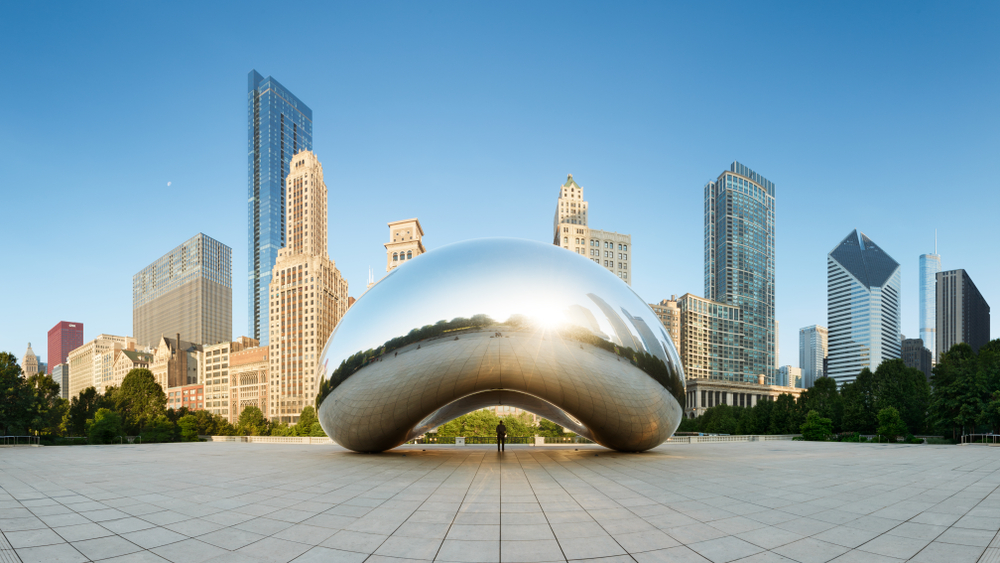
Chicago may seem like a safer inland option, but it is facing increasing challenges from extreme weather, aging infrastructure, and inequality. Heavy rains are flooding basements and overwhelming sewer systems. Winter storms are becoming more erratic and harder to predict. Lake Michigan’s changing water levels are affecting transportation and shoreline stability. At the same time, parts of the city remain underserved, with outdated public housing and limited access to resources. If these issues go unaddressed, the combined pressure could push Chicago toward crisis by 2040.
Norfolk, Virginia
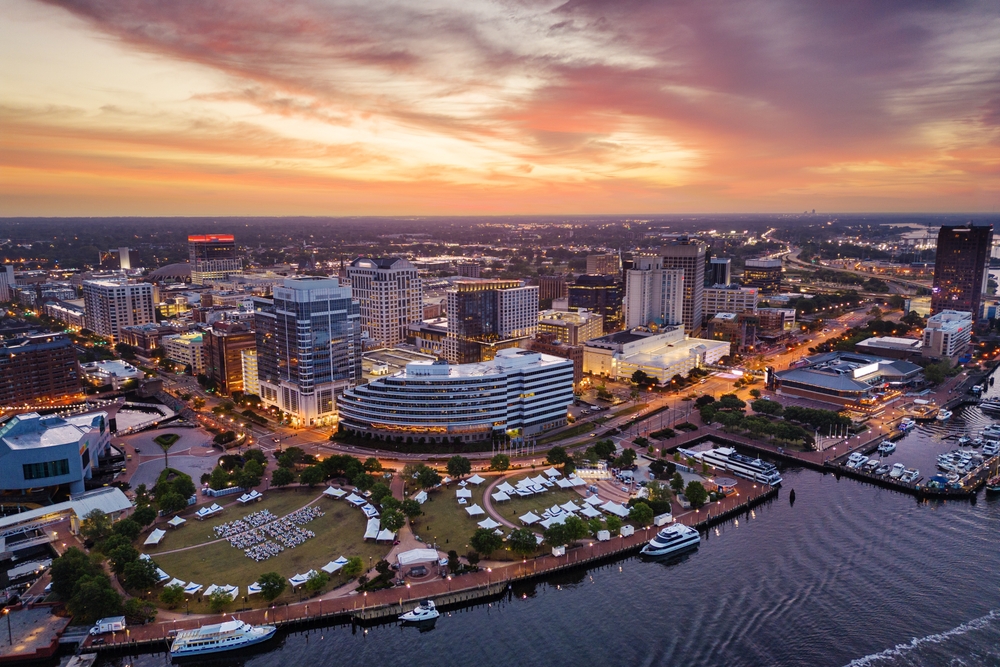
Norfolk is one of the fastest-sinking cities on the East Coast. Sea level rise combined with land subsidence is putting it at risk for permanent flooding. The naval base and surrounding communities are already dealing with regular high-water events. Roads and homes are being damaged more frequently, and insurance rates are rising. As storms become more intense and water levels continue to rise, the cost of maintaining the city may become too high for local governments and residents to bear.
Anchorage, Alaska
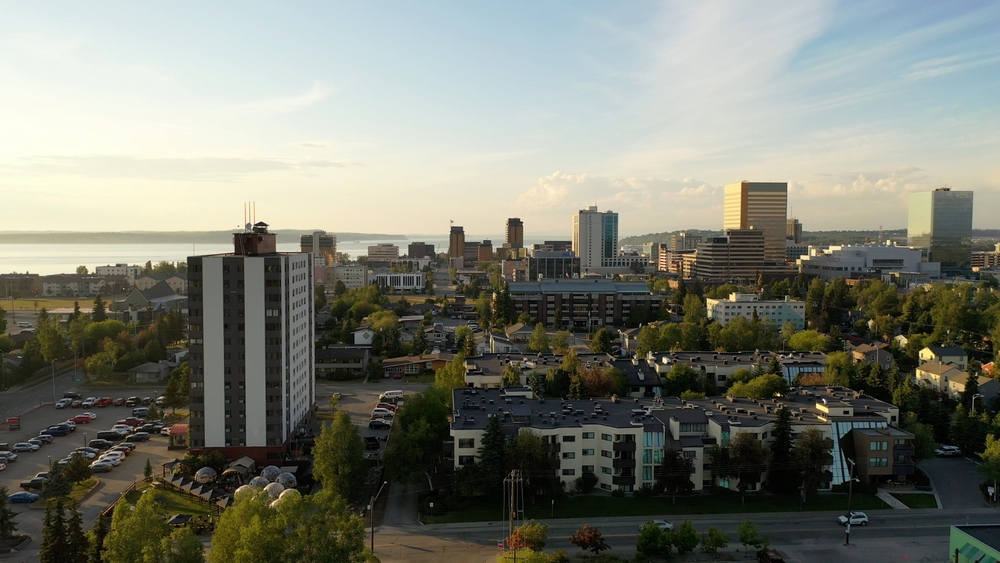
Anchorage faces different climate-related threats. Permafrost is melting, which damages roads, buildings, and pipelines. The changing environment is also affecting traditional food systems and ways of life for Indigenous communities. Warmer temperatures are increasing the risk of wildfires and insect-borne illnesses. While Anchorage may still have natural beauty, it may not be able to sustain current infrastructure or population levels if temperatures continue rising and resources become harder to manage.
What These Cities Have in Common
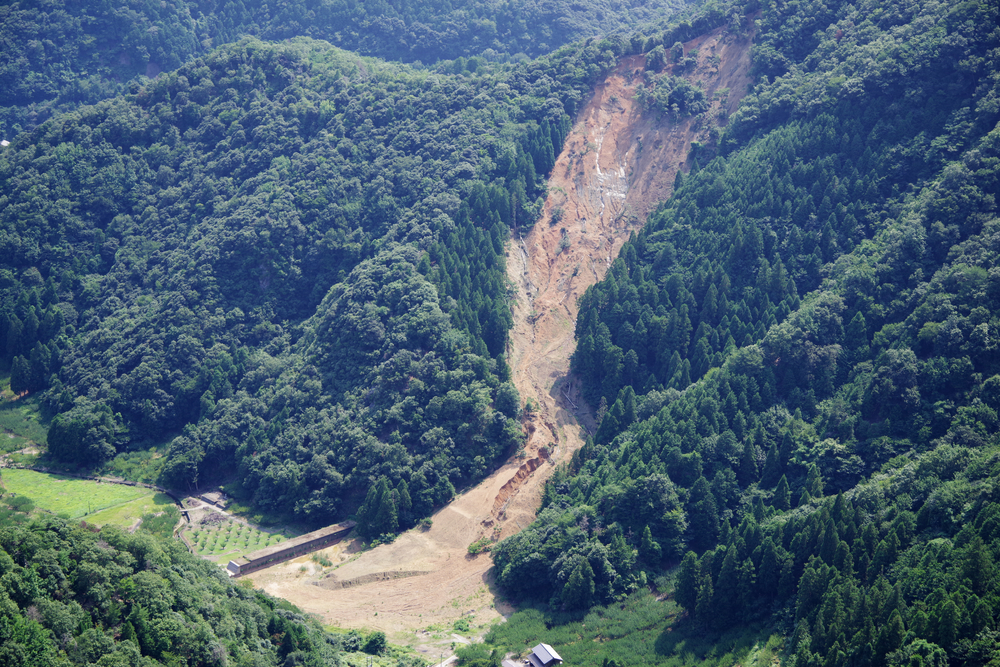
Although these cities are spread across the country, they share common challenges. Most face climate-related stress like heat, flooding, or drought. Others are grappling with outdated infrastructure that is not built to withstand new environmental pressures. Economic inequality is a recurring theme, with the most vulnerable communities suffering the most. In many cases, local governments are trying to respond, but the pace of change may not be fast enough to outpace the threats.
What Can Be Done
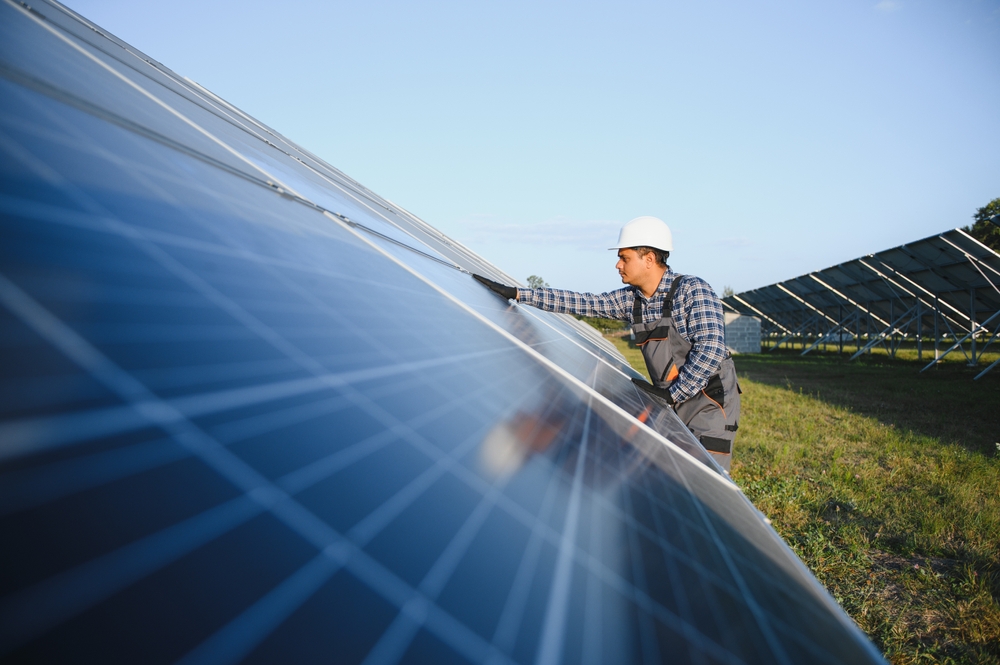
Avoiding a future where these cities become unlivable is still possible, but it requires urgent action. Upgrading infrastructure, improving disaster response, and managing growth responsibly are key. Investing in renewable energy, public transit, and water conservation could ease the burden on fragile systems. Equally important is ensuring that all residents, not just the wealthy, have access to safe housing and health services.
Read More: 17 U.S. States Struggling with the Worst Living Conditions
Conclusion
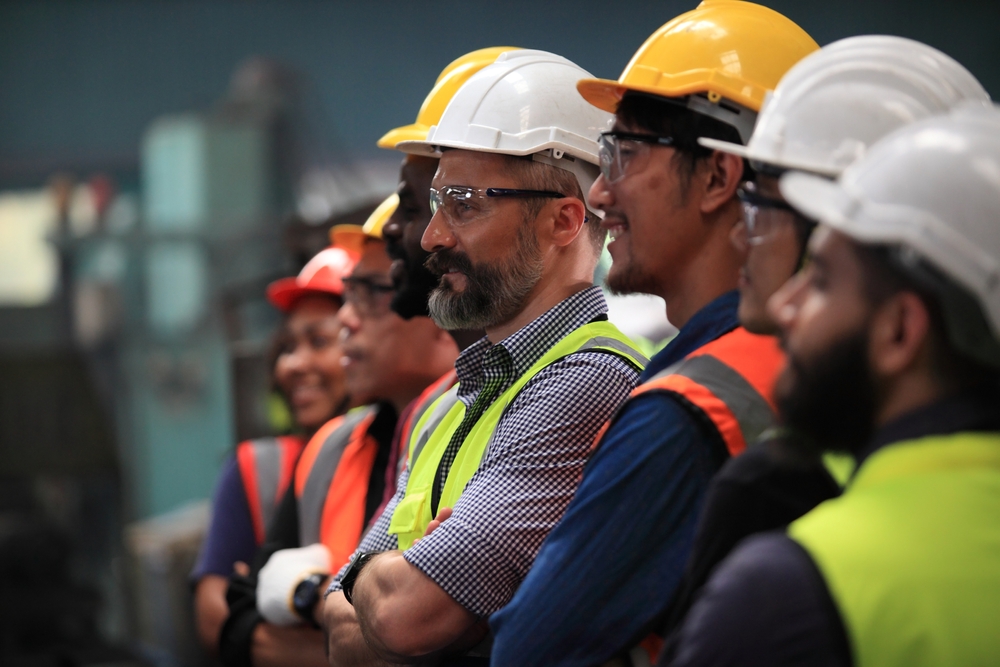
The idea of any U.S. city becoming unlivable may sound dramatic, but the warning signs are clear. Rising seas, extreme heat, water shortages, and failing infrastructure are not theoretical problems. They are already impacting people’s lives. If left unchecked, these challenges could push some of the nation’s most iconic cities to a point where everyday life becomes a struggle. With the right policies and long-term planning, however, it is still possible to protect these places and preserve them for future generations.
Disclaimers: This article was created with AI assistance and edited by a human for accuracy and clarity.

